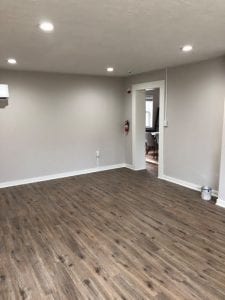Today, we (three real-life Yeti’s) had the privilege to sit with 400 scientists, policymakers, and state professionals around the United States today, to discuss HUD’s newly proposed Radon policy update with HUD leaders during the public hearing.
Currently, 21,000 Americans die from *preventable* Radon exposure every year and HUD have reacted by proposing an update to their policy around Radon testing and mitigation for contaminated HUD-assisted homes. Protecting tenants, unable to address this for themselves.
WHAT IS HUD DOING
ALREADY?
Practically, HUD implemented funding and policy templates for decontamination of radioactive substances via policy 24 CFR 50.3(I) and 58.5(i); but as Radon awareness (and related cancer) increases, HUD have noted that Radon testing is lacking.
Indeed, the current HUD guidelines appear to stipulate towards total mitigation, but have been scarcely implemented because testing is not enforced. And if you don’t test for Radon (which is silent and invisible), you won’t find it.
This testing then, will reveal the Radon hiding in plain sight, and subsequently avail the funding for its removal.
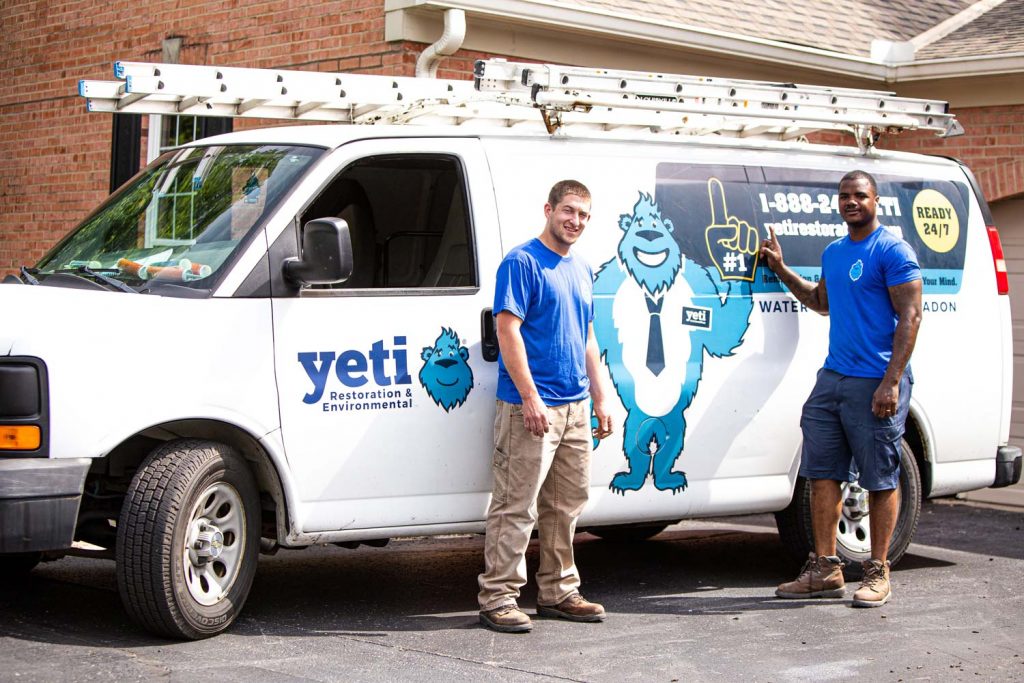
SO, WHAT IS THE PROPOSED HUD RADON POLICY?
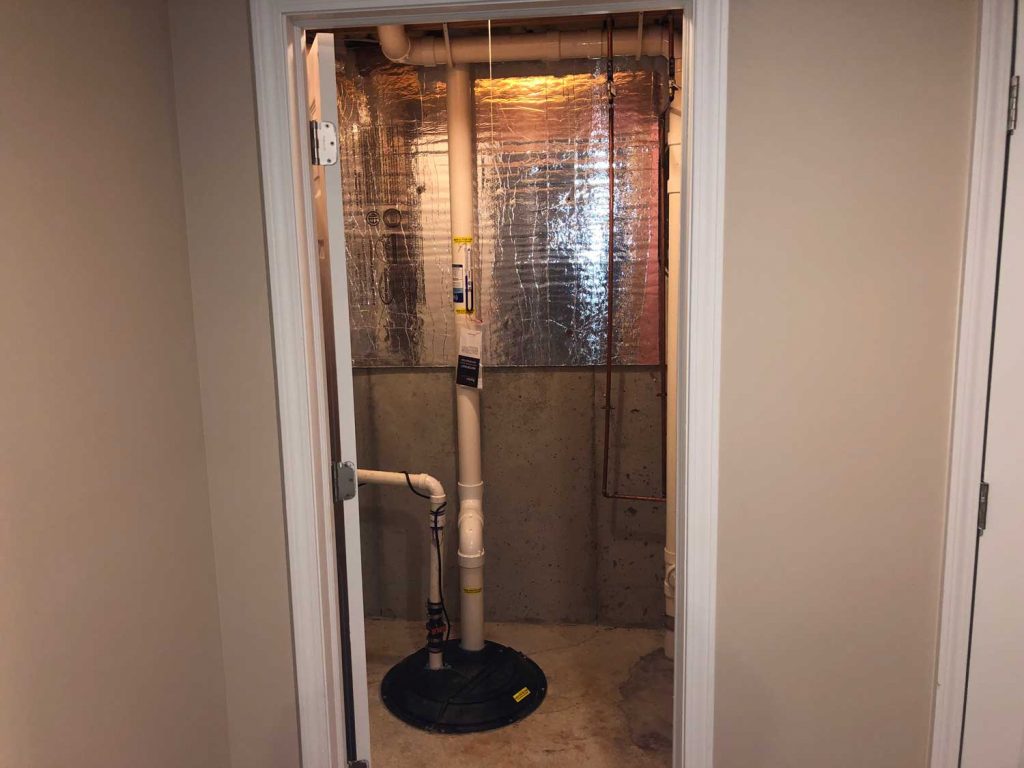
The proposal recommends (in it’s current form) that all HUD-assisted buildings are initially tested for Radon contamination, to determine if mitigation is necessary .
The proposal also recommends that initial testing be conducted by a third-party professional (like Yeti Restoration), and where a professional is not available, the current proposal suggests the building owner could perform testing with a DIY test kit.
Where professional testing is not available, and a DIY test kit would travel too far from a suitable laboratory such that the results could be affected, the Radon zoning map can be consulted to help determine mitigation need.
Separately, HUD suggests that Radon testing only be conducted in buildings where the residential portion of the building have direct ground contact.
If mitigation is shown to be necessary (elevated Radon levels), a professional mitigation plan should be drafted for inclusion in the funding for the property prior to tenancy.
WHAT DOES YETI RESTORATION RECOMMEND?
Testing should be conducted every two years after a home is first certified Radon-ready, and an operation and maintenance plan be implemented.
We recommend professional testing (even if third-party to the mitigators, like us). We spend $200/ machine, per year – just to calibrate the unit – on top of the $1,500 to buy the unit, and five days training to be allowed to test for Radon. A $20 DIY Radon test kit, isn’t going to have the same ability to represent exposure. There’s also little incentive for an owner to accurately reflect radioactivity testing.
Maps average, rather than demonstrate high levels – and averages mask risk. We join the scientists (who are much cleverer-er than us) to state that it’s important the EPA eliminate the zoning maps of the 90s. For example, the State of Texas shows as lowest class of risk for Uranium contamination because much of their geology. But several scientists shared data of homes testing up to 113 pCi/L in such areas.
Some people report Radon coming through the outlets/ wall cavities to stories above parking lots, and we know that trailer home skirting can trap Radon gas. We recommend that all properties be tested, regardless of their stance on the ground.
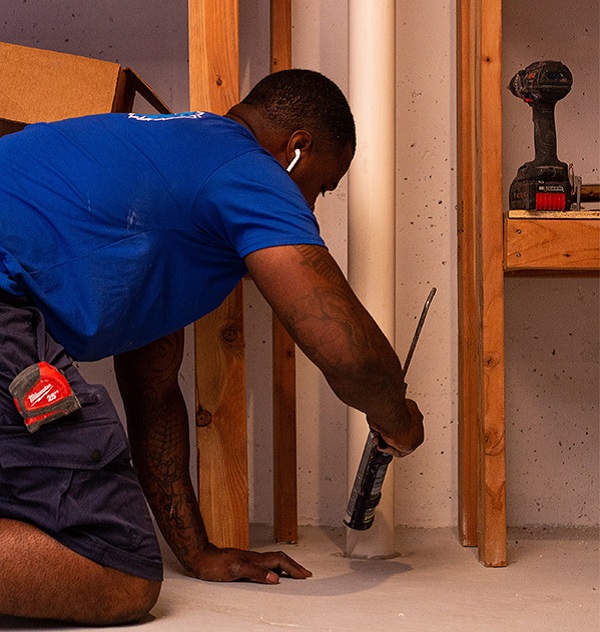
WHAT NOW?
If you have a home or building that is likely to be affected by this HUD Radon policy proposal, call us. We can test – or recommend third-party testing – and mitigate your space, even prior to this policy being ratified (as we expect) in any form.
We do anticipate that this Radon policy will be signed into law with broader definition, rather that narrower. And expect at some point that schools and workplaces will follow suit.
